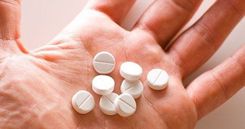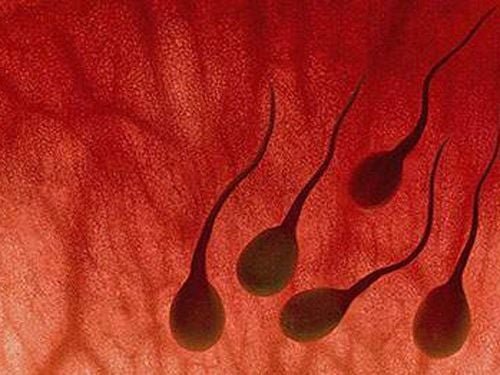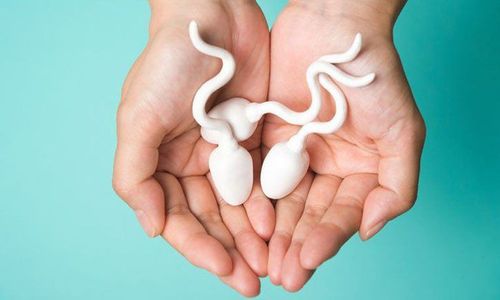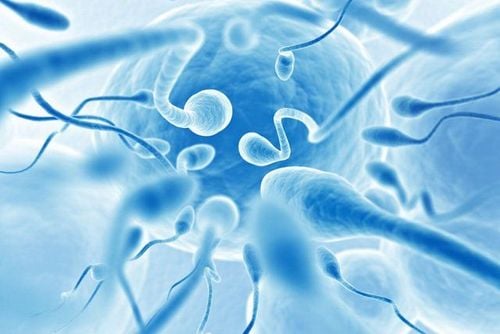This article was professionally consulted with Specialist level I Doctor Truong Nghia Binh - Obstetrician - Department of Obstetrics and Gynecology - Vinmec Da Nang International General Hospital.
Although many people are interested in sex, not everyone understands how the body changes during sexual activity. The sexual response cycle consists of a series of events that occur during stimulation and sexual engagement.
1. Sexual response cycle
The sexual response cycle is divided into four stages: Stimulation, excitement, orgasm and relaxation. Each stage is part of a continuous sexual response process, with no clear beginning or end.
Sex therapists have coined the term “sexual response cycle” to outline what happens to each person when sexually aroused, including intercourse, masturbation, foreplay, etc. However, there is a great deal of variation between individuals, as well as between other sexual behaviors. Both men and women go through all four stages, but the timing of each stage varies.
Stage One: Stimulation
This stage usually begins within 10 - 30 seconds of intimacy and can last from a few minutes to several hours depending on the person and the situation.
- Men: The penis, and sometimes the nipples, will become slightly erect.
- Women: Lubrication begins. The vagina widens and lengthens. The labia majora, labia minora, clitoris, and sometimes the breasts will begin to swell.
- Both: Heart rate, blood pressure, and breathing speed up.
Stage Two: Excitement
The changes that began in stage one continue to progress.
- Men: The testicles are pulled into the scrotum. The penis becomes fully erect.
- Women: The labia majora swell. The tissues of the vaginal wall swell due to increased blood flow, causing the vagina to narrow. The clitoris retracts, hidden under the flap. The labia minora changes color, but it is difficult to see. In women who have not given birth, the labia majora changes from pink to bright red. In women who have given birth, the color changes from bright red to dark purple.
- Both: Breathing and heart rates increase. The skin on the abdomen, chest, shoulders, neck, or face may become red or develop goose bumps. The muscles in the thighs, hips, arms, and buttocks tense up and may begin to contract.

Stage three: Orgasm
This stage is the peak of the entire cycle, and is also the shortest of the four stages, usually lasting only a few seconds.
- Men: First, semen accumulates in the urethral bulb. At this time, the man may feel that he is about to climax or cannot hold back ejaculation any longer. Next, semen is released from the penis. Contractions also occur in the penis during the orgasm phase.
- Women: Part of the vaginal wall contracts rhythmically every 0.8 seconds. The number and intensity of the contractions will vary depending on each person's constitution, the uterine muscles also contract significantly.
- Both: Breathing, heart rate, and blood pressure continue to increase. Muscle tension and blood vessels reach their peak. Sometimes orgasm is accompanied by a muscle reflex, such as fingers clenching or toes tensing. It is rare for two people to climax at the same time during intercourse.
Stage Four: Relaxation
This is when the body begins to return to its normal resting state. This stage can last from a few minutes to 30 minutes or longer. Women often need more time to recover than men.
- Men: The penis returns to its normal flaccid state. During the relaxation stage, men cannot orgasm again. The length of this rest period will vary from person to person, depending on age, physical fitness, and other factors.
- Women: The uterus and clitoris return to their normal positions. Some women may climax several more times if they continue to be sexually stimulated.
- Both: Swelling gradually subsides, redness disappears and tense muscles begin to relax.
2. Benefits of sex
Overall, sex is an effective form of exercise, but it depends on each individual's level of enthusiasm and desire.
One study found that couples burn 85 calories after normal sexual intercourse, an average of about 3.6 calories/minute. If you don’t have sex for 150 minutes a week, you need to do more exercise, such as cycling, walking or dancing.
Other research shows that sex helps protect men's health. Accordingly, men who have frequent orgasms will reduce their risk of death by 50% within 10 years.
You also do not need to worry about the risk of heart attack or stroke when doing it too vigorously. According to experts, if you can climb two flights of stairs without chest pain, you are strong enough to have normal sex.
The factor that brings health benefits of sex is the love hormone oxytocin. Type this hormone can cause contractions during labor, so doctors often advise the husband to cuddle his wife to easily release oxytocin during childbirth. Oxytocin is released a lot in the body during sex, even any touch from a loved one releases oxytocin.
In addition to oxytocin, dopamine and serotonin are also considered happy hormones. When you and your partner are intimate with each other, the brain releases dopamine, serotonin levels increase and oxytocin is produced. This makes you feel a surge of pleasure.
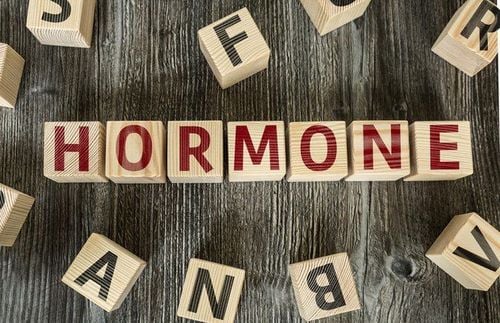
Sex also helps us sleep better and allows the brain to relax. The reason is due to two neurotransmitters released during sex - Endorphin and Adrenaline. So if you are having sex, really focus on making love and let your brain relax and feel comfortable. After satisfying your pleasure and resting, you will feel full of energy, excitement and more optimistic about life.
Understanding how your body changes during sex can help you fully enjoy your sexual experience. However, combining this knowledge with some other sexual skills, including communicating with each other before, during and after sex, will help both of you satisfy each other's desires and make sex even more wonderful.
To arrange an appointment, please call HOTLINE or make your reservation directly HERE. You may also download the MyVinmec app to schedule appointments faster and manage your reservations more conveniently.



